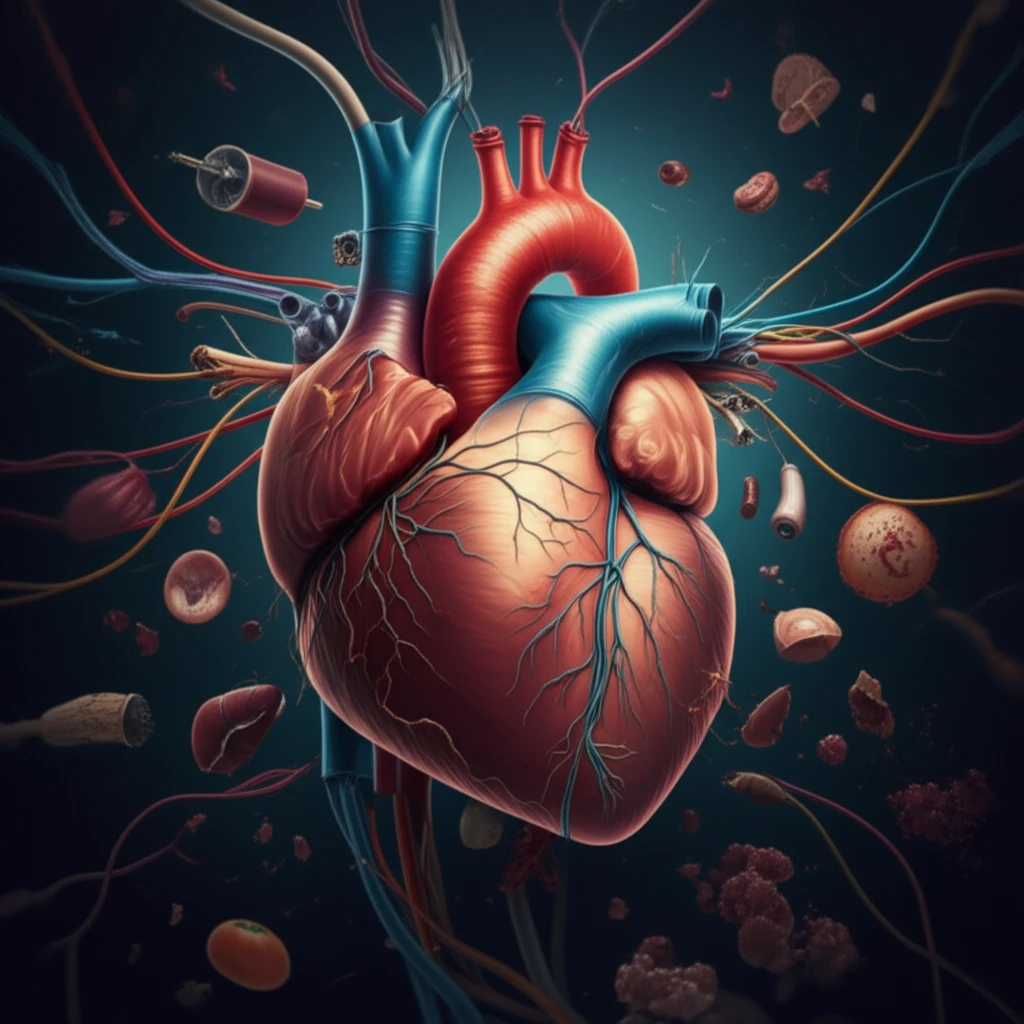
Heart Health SOS: Decoding Irregular Heartbeats After a Heart Attack
"Unraveling the Mysteries of Ventricular Tachycardia and How Doctors are Fighting Back."
For anyone who's experienced a heart attack, the road to recovery is a journey filled with cautious optimism and a renewed focus on health. Yet, sometimes, even after successfully navigating the initial crisis, new challenges arise. One such concern is the development of irregular heartbeats, specifically a condition known as ventricular tachycardia (VT). This is where the heart beats too fast, which can disrupt the normal flow of blood and lead to serious health problems.
Recent research sheds light on the complexities of VT and its connection to heart attack recovery. It's not just about the immediate aftermath; the long-term implications of these irregular rhythms are also crucial. This article delves into the significance of VT after a heart attack, offering insights into its causes, the latest diagnostic methods, and the most effective treatment options available. Our goal is to provide clear, accessible information that empowers you or your loved ones to take proactive steps in heart health.
This guide isn't just for those who have experienced a heart attack; it's for anyone keen on understanding heart health. We will explore the critical role of understanding, diagnosis, and treatment, and why recognizing the signs of VT is essential for anyone. By providing a comprehensive overview, we aim to equip you with the knowledge and confidence to navigate this challenging aspect of heart health with informed choices and proactive measures.
What is Ventricular Tachycardia and Why Does it Matter After a Heart Attack?

Ventricular tachycardia (VT) is a rapid heart rate that originates in the ventricles, the heart's main pumping chambers. When these chambers beat too fast, the heart can't effectively pump blood to the brain, lungs, and other organs. This can lead to symptoms like dizziness, shortness of breath, and even loss of consciousness. After a heart attack, the heart muscle can be damaged, and this damage can create electrical disturbances, potentially triggering VT.
- Electrical Instability: Damage to the heart muscle creates areas of electrical chaos.
- Reduced Blood Flow: Rapid heart rate prevents effective blood pumping.
- Increased Risk: Higher risk of sudden cardiac arrest and heart failure.
Taking Control of Your Heart Health
Understanding and managing ventricular tachycardia after a heart attack is essential for long-term heart health. This guide has provided you with the knowledge to recognize the condition, understand the risks, and explore available treatments and lifestyle adjustments. Remember that proactive heart health management involves regular check-ups, lifestyle modifications, and adherence to your healthcare provider's recommendations. By taking these steps, you can significantly improve your heart health and quality of life, moving forward with confidence and a focus on a healthier future.
